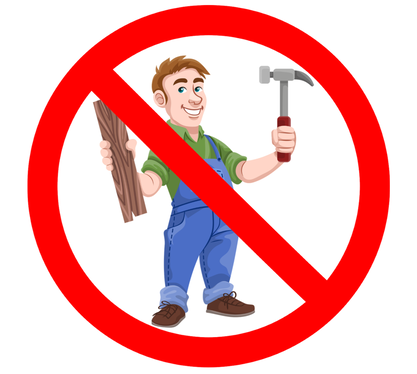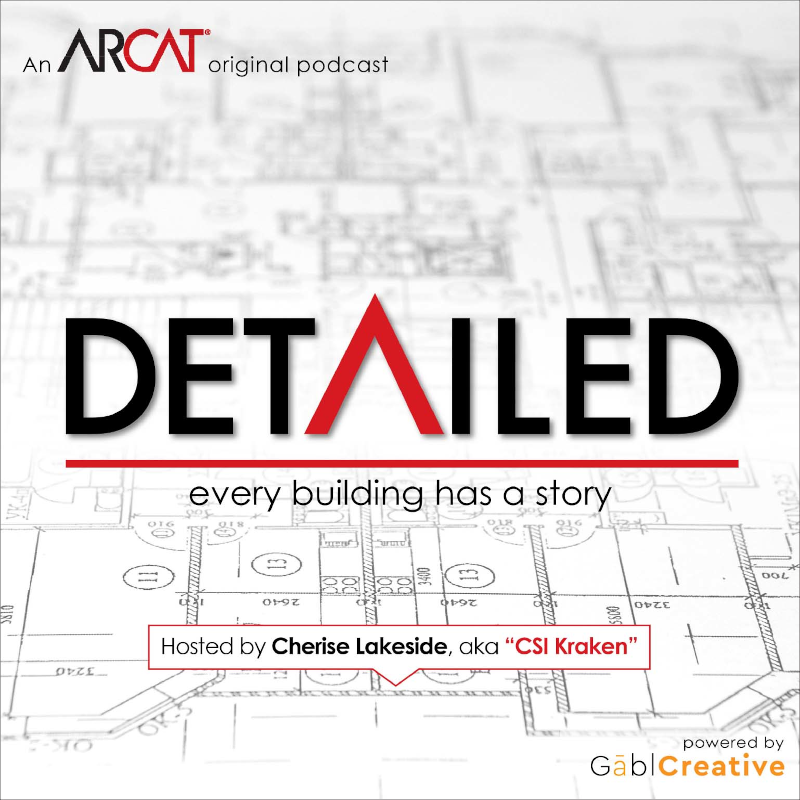|
Contributed by Truwin Windows, Doors, & Siding Insulation is a vital aspect of any home. It maintains the indoor heat during winter, while allowing less cool air to escape during the summer. Heat energy leaving your house or finding its way through raises utility costs and causes discomfort all year round.
Ranging from cellulose, fiberglass to plastic spray foam, insulation ensures that your furnace or air conditioner sustains the right indoor temperature. As with any other energy efficiency topic, insulation is likewise clouded with myths and misconceptions. Listed below are the most common myths. Attic and Internal Wall Condensation Result from the Absence of Ventilation This is not entirely accurate. The right ventilation in a building may allow condensed water to escape the walls or the attics, but the lack of it is not entirely to blame for condensation. The major cause is air leakage during periods of the year where the air outside the building happens to be colder than the indoor air. The capacity of air to hold moisture together is proportional to the temperature. It means that when the air is too warm, a higher amount of moisture is held. Should warm indoor air find its way into the cavities of the wall or the attic spaces, it cools slowly and penetrates deeper into the building. Because the air is warm and moist, it leaks into the cavity of the wall and may encounter a sharp temperature gradient. With time, the air ends up losing its ability to hold the moisture leading to condensation and leaking. Condensation at this point occurs in the form of tiny droplets. The state where temperatures experience a drop leading to condensation is known as the dew point. Any amount of water in the wall cavities can lead to the development of mold. Ventilation in a building is vital, not only to deal with moisture, but also to prevent air leakage and condensation. R Values Reflect Real World Energy Performance Accurately R-value remains the most crucial metric in the evaluation of the thermal protection given by insulation. It is the only acceptable standard for measuring the effectiveness of insulation to retard heat transfer in Canada and the US. In fully metric countries, the other similar system used is RSI. Building inspectors, professional builders, and homeowners all depend on R values, given that there is no other number that can be used to measure the performance of insulation. The problem is this metric often changes depending on what is being measured. As determined in the labs, there is often a major difference between R values and the real-world energy performance delivered by different insulations. The lab analysis of R values presents significant issues considering that air movement is eliminated from the results. Any professional builder knows that air movement lowers the performance of insulation, and air currents and drafts occur within the attics and wall cavities. Any insulation product that hinders the flow of air within it gives higher insulation values than those that do allow.
2 Comments
Contributed by Rachel Burris In two years Gen Z is expected to make up one-fifth of the workforce. With 40% of workers estimated to retire by 2030, the construction industry knows that it needs this generation to choose construction.
Yet the estimated workforce shortages and skills gap that we’re facing indicate a distinct lack of new workers joining the industry. The research project, “Restoring the Dignity of Work,” points out that it takes anywhere from eight to 12 years for a craft professional to go from entry-level to fully trained. With the length of time it takes to gain experience, the industry must place an emphasis on recruitment and training. What can the industry do to start making progress in workforce development? Reach Parents The first step is begin reaching parents. “Restoring the Dignity of Work” points out that parents are among the main influencers in the career-decision making process of young people. A recent survey of parents, sponsored by National Center for Construction Education & Research (NCCER), found that while 71% respondents would show some sort of support if their child chose a career of construction, 70% would be unlikely to actually advise their child to choose the industry. To begin changing the perceptions of a career in construction, industry needs to engage in image enhancement campaigns. This includes using dignity in our own language by replacing terms such as “blue collar” with “craft professional” and “middle skilled” with “highly skilled.” Other areas of image enhancement include showing how safety is held in high regard by the industry, demonstrating the career advancement opportunities available, and showcasing the high salaries that can be earned with little-to-no debt. Build Your Future has free resources industry can use to reach parents, including fact blogs, social media graphics, success stories and more. Contributed by Michael Chambers Continuing education for design professionals is arguably the most effective and powerful marketing opportunity available to construction product manufacturers in North America. However, there appears to be some confusion as to what continuing education is supposed to accomplish. In my opinion and experience, continuing education can bring three things to the bottom line. First is brand recognition, second is getting specified, and third is holding specifications against non-competitive substitutions.
There is a bizarre notion that manufacturers provide continuing education out of the goodness of their hearts for the benefit of design professionals. Or worse, manufacturers think that continuing education is a perfect tool to sell product to design professionals. Is there any wonder why local AIA components and a growing number of large design firms no longer allow manufacturers to present programs? Unless manufacturers can begin to bring excellent programs to the design professionals, the opportunity inherent in continuing education is going to be lost. Brand Recognition One of the most powerful and least understood aspects of continuing education is brand recognition. The biggest issue I see here is that manufacturers do not understand how to brand with education. Successful branding is never about logos or products; it is about high quality education that speaks directly to the audience and provides solutions to design and construction issues. It is never about product, never, never, never. A high quality program designed for adult learners, presented by qualified, knowledgeable product representatives is the best possible branding opportunity. At the level of design professionals, people brand manufacturers far more effectively than product advertising and the like. Product representatives must be knowledgeable not only about their products but about the industry and most importantly about the competition. In this same regard, presentation skills are even more critical than product knowledge. A poor presentation will trash a brand faster than anything. Product representatives must be good presenters and have the ability to make effective presentations. An excellent education program presented by a professional product representative can have an incredible impact on the bottom line by providing usable information and identifying the “go to” resource for the design professionals. Contributed by Nick Carrillo (Editor's Note: October is Careers in Construction Month. Please feel free to delve into our previous posts, "Don't Just Look for Employees, Attract Them" and "Changing the Public's Perception")
We’ve done it, we’ve written enough articles to know that the construction industry is facing a workforce shortage, and that shortage isn’t going anywhere anytime soon. The problem is very clearly identified. If you ask older generations, the reason for our workforce shortage is the lack of desire to work in the trades from the younger generation(s). Or, to put it bluntly, the millennials don’t want to work hard and get dirty. I can hear it now, “millennials are the ‘everybody gets a trophy’ generation and are entitled!” Those type of casual statements are broadly painting an entire generation as lazy and entitled based on the few. Does that mean that everyone born in the 60’s is a pot-smoking hippie? Or everyone in the 70’s is a disco party maniac? No, it doesn’t. A quick Google search will show a list of the largest companies in the world run, or founded by, millennials. Facebook, The Honest Company, AirBnB, Lyft and many more companies that we all rely on and that undoubtedly take a lot of hard work to maintain. Baby boomers may not be outright saying these younger generations are worthless and hopeless when they said, ‘lazy and entitled’. However, I’ve often heard the phrase, “How do we change the mindset of an entire generation?” Hearing it enough, without back story or explanation, it leads the audience to believe that the people being referenced are wrong, and the person saying it is right. I know, after working so many years alongside baby boomers, the comments are not malicious. I know that when a frustrated owner, manager or supervisor makes these statements, they simply are trying to express the desired change in the way we communicate; a change in the way we perceive the information that one generation has to offer the other. So, how do we change the mindset of an entire generation? YOU DON’T Contributed by Eric D. Lussier I've been saying it for years now. The public's perception of just what is a construction worker has to change. Sure, the hardhat and overalls wearing carpenter, working outdoors and swinging a hammer does indeed exist. But construction is SO MUCH MORE. Construction is the process, art, or manner of constructing something. Using that definition, if you work within the construction industry you could hold one of well over a hundred different job roles or titles. Due to our heavy involvement in the Construction Specifications Institute and CSI's diversified membership base of ALL players within the built environment, when Let's Fix Construction was founded we chose to view the construction industry as this more encompassing whole. We chose AEC - Architecture, Engineering & Construction - as our definition, a term that is more widely recognized and accepted today.
So whether that is more of a skilled tradesman position, such as a flooring installer, cement mason, painter, welder, ironworker or boilermaker, or perhaps it may be on the design end, such as an architect or engineer (or one of dozens of roles within an office), construction is so far beyond our hammer-swinging carpenter that has become the unfortunate public face. During this Careers in Construction Month, it’s important that we not only talk to, but inform the younger generation on not just what construction is, but what construction can be. Today, Monday October 7th, is Careers in Construction Day. Meant to be a day of action on social media for those working within construction, please take a moment to share a picture of yourself on the job and post it to social media with the tag #CICDAY2019 in order to give people a true glimpse into our daily lives. While you're at it, feel free to use our hashtag #FixConstruction |
AboutLet's Fix Construction is an avenue to offer creative solutions, separate myths from facts and erase misconceptions about the architecture, engineering and construction (AEC) industry. Check out Cherise's latest podcast
Get blog post notifications hereArchives
March 2022
Categories
All
|






 RSS Feed
RSS Feed
